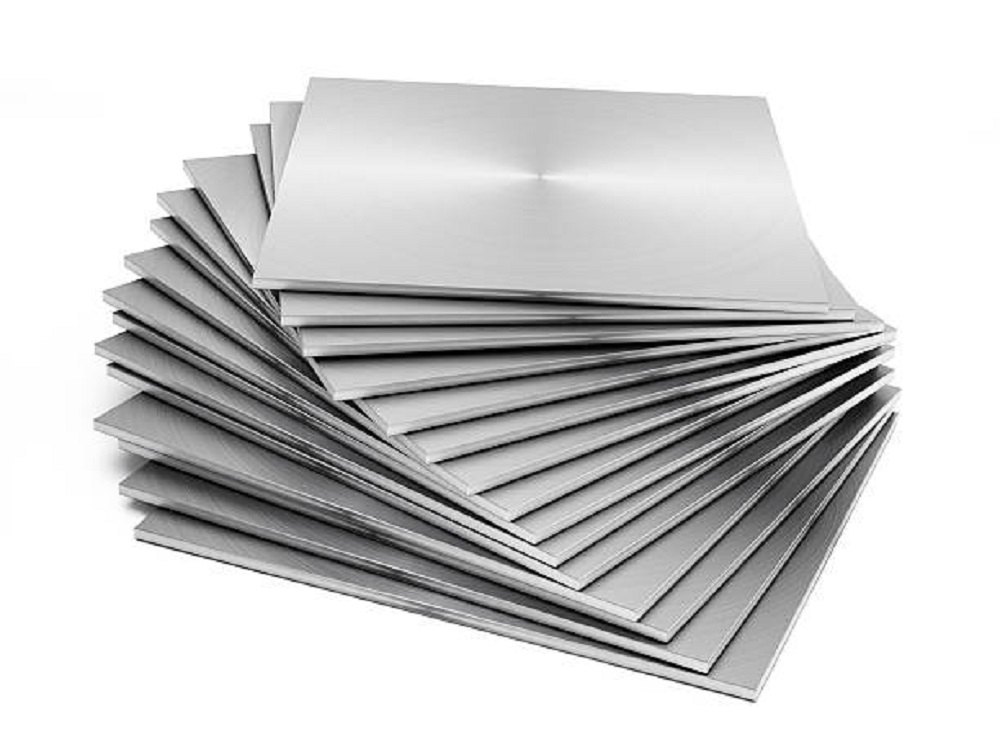Everything You Need to Know About Aluminium Sheet Weight Chart

Strong 8k brings an ultra-HD IPTV experience to your living room and your pocket.
The Aluminium Sheet Weight Chart by Aesteiron acts like a friendly calculator for engineers and buyers. To find out how much a plain sheet weighs, we plug measurements into this straightforward formula:
Weight (kg) = Length (m) × Width (m) × Thickness (mm) × Density (2.71 g/cm³).
That math sits at the core of every chart floating around the trade. The 2.71 g/cm³ density comes from almost pure aluminium, so tiny shifts may show up with certain alloys.
Aluminium Sheet Thickness and Weights
Sometimes you just want a number you can trust right away, so we put together this handy weight chart for the most common sheet sizes you run into:
Thin Sheets (Weight per Square Meter)
- 0.5 mm: 1.355 kg/m²
- 0.8 mm: 2.168 kg/m²
- 1.0 mm: 2.710 kg/m²
- 1.5 mm: 4.065 kg/m²
- 2.0 mm: 5.420 kg/m²
Medium Sheets (Weight per Square Meter)
- 3.0 mm: 8.130 kg/m²
- 4.0 mm: 10.840 kg/m²
- 5.0 mm: 13.550 kg/m²
- 6.0 mm: 16.260 kg/m²
Heavy Sheets (Weight per Square Meter)
- 8.0 mm: 21.680 kg/m²
- 10.0 mm: 27.100 kg/m²
- 12.0 mm: 32.520 kg/m²
- 15.0 mm: 40.650 kg/m²
With these numbers from the chart, you can figure out roughly how much material you'll need without breaking out a calculator.
How Different Aluminium Alloys Change Sheet Weight
A lot of people forget that each aluminium alloy changes how heavy a sheet really is. Each series has its own tiny density difference:
- 1000 series (barely touched): 2.71 g/cm³
- 2000 series (mixed with copper): 2.78 g/cm³
- 5000 series (added magnesium): 2.68 g/cm³
- 6000 series (magnesium plus silicon): 2.70 g/cm³
- 7000 series (boosted with zinc): 2.81 g/cm³
When every gram counts, we advise tweaking your weight charts to match the exact alloy in hand.
What is the Density of Aluminum in KG M3?
Aluminum is an increasingly popular industrial material due to its many advantageous characteristics, including flexibility, strength and conductivity.
While aluminium density may differ depending on alloy composition and tempering process, different aluminum foil densities are available for specific uses like insulation and packaging.
Aluminum’s low density makes it one of the lightest metals, which explains its widespread usage across industries and applications.
Furthermore, its corrosion-resistance makes it a green choice for manufacturers as well as consumers. We at Aesteiron, provide additional details regarding other alloys and treatments tailored specifically for your needs.
How Heavy is Aluminium in KG?
Aluminium is an exceptionally useful metal that has numerous applications in manufacturing and building structures, while also being lightweight enough for transport purposes.
Thanks to its excellent electrical and chemical properties and easy workability, aluminium makes an excellent material choice for use in production products and structures as well as lightweight transport needs.
Aluminium’s density depends on its alloying materials; however, it typically falls around 2.7 grams/cm3. This makes aluminium lighter than most metals and thus an excellent choice for manufacturers looking to reduce product weight without compromising strength.
Where the Aluminium Sheet Weight Chart Comes In
The weight chart is way more than a table, it pops up everywhere you plan with aluminium:
1. Shipping and Hauling
Before a truck rolls out, the chart tells you if a load is legal and safe on the road.
2. Building with Confidence
Engineers pull the numbers straight from the chart to check how much weight a beam or handrail can take.
3. Budgeting Right
Since sellers bill aluminium by the kilogram, knowing the sheet weight stops surprise costs from blowing your budget.
4. Environmental Considerations When Using Aluminium Sheet Weight Chart
We really do care about the planet, so when you check the Aluminium Sheet Weight Chart, try to cut waste. Using only what you need lowers both your budget and your impact on nature.
Recycling every ton of used aluminium saves about 14,000 kWh of energy versus making new metal. That fact turns good buyers into good stewards, and many businesses want to earn that badge.
5. Custom Solutions Beyond the Standard Aluminium Sheet Weight Chart
Most jobs have quirks, and rarely does standard size fit perfectly. If yours is one of those, we can work out the exact weight for any sheet dimension you need. Whether you want thin, lightweight panels or thick, heavy plates for tough sites, our crew will pump you full of the facts that sit just outside the printed table.
Need a hand picking materials or running the numbers? Reach out today and well build the answer that fits your project like a glove.
Note: IndiBlogHub features both user-submitted and editorial content. We do not verify third-party contributions. Read our Disclaimer and Privacy Policyfor details.


